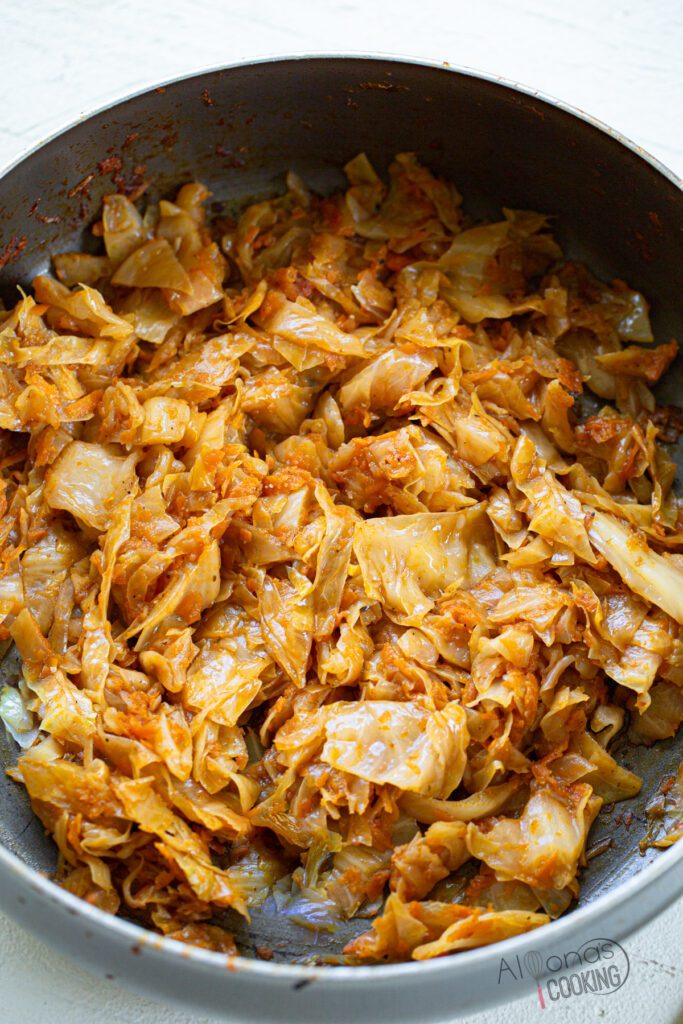Sautéing involves cooking small pieces of food in hot oil or fat to create flavorful and easy meals. To sauté effectively, invest in a good quality sauté pan, prepare the ingredients correctly by cutting them uniformly and drying them with a paper towel, and ensure the pan is hot enough with a medium-high heat. Add enough oil to coat the bottom, and avoid overcrowding the pan while cooking. Also, generously season the food and add liquid such as wine, stock, or water towards the end of the cooking process to create a delicious sauce. The key is to experiment with different ingredients and seasonings for your perfect sautéed meal.
Sautéing Made Simple: How to Sauté Your Way to Deliciousness
What is Sautéing?
Sautéing is a popular cooking technique that involves cooking small pieces of food in hot oil or fat. It can be used on a variety of ingredients, including meats, vegetables, and even fruits. Sautéing is an excellent way to create quick and easy meals that are packed with flavor.
Choosing the Right Pan
To sauté correctly, it’s essential to invest in a good quality sauté pan. The best pans for sautéing are typically made of stainless steel, cast iron or anodized aluminum. Look for a pan with a flat bottom and high sides to prevent splattering.
Preparing the Food
Before sautéing, it’s crucial to prepare the ingredients correctly. Make sure your meats and vegetables are cut into small, uniform pieces that will cook evenly. Dry your ingredients with a paper towel to remove any excess moisture, which can cause them to steam rather than sauté.
Getting the Temperature Right
One of the keys to successful sautéing is getting the heat right. The pan should be hot enough so that the food sizzles as soon as it hits the oil, but not so hot that the oil starts to smoke. Use a medium-high heat for best results.
Adding the Oil
Once your pan is heated, add enough oil to coat the bottom. Use a neutral oil, like vegetable or canola oil, to prevent the food from picking up unwanted flavors. Make sure the oil is hot enough before adding your ingredients.
Sautéing the Ingredients
When adding your food to the pan, be careful not to overcrowd it. You want to make sure that each piece has enough space to cook evenly. Use a spatula or tongs to move the ingredients around the pan, so each piece gets coated in the oil and cooked evenly. Depending on the ingredients, sautéing usually takes anywhere from 2-10 minutes.
Seasoning the Food
As your food cooks, season it with your favorite herbs and spices. Be generous in your seasoning, as sautéing tends to intensify the flavors. Taste as you go to make sure you have the right amount of seasoning.
Adding Liquid
If you want to add more flavor to your sautéed ingredients, consider adding a bit of liquid towards the end of the cooking process. This can be wine, stock or even water. The liquid will help to create a sauce that coats the food and enhances the flavors.
Conclusion
Sautéing is a cooking technique that can transform any ingredient into a flavorful and delicious meal. With the right tools, temperature and seasoning, anyone can sauté their way to a delicious dish. Give it a try and experiment with different ingredients and seasonings to create your perfect sautéed meal.
